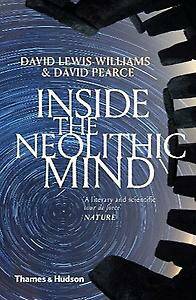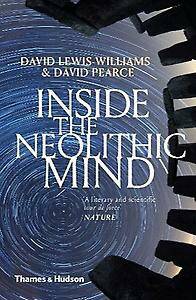
- Retrait gratuit dans votre magasin Club
- 7.000.000 titres dans notre catalogue
- Payer en toute sécurité
- Toujours un magasin près de chez vous
- Retrait gratuit dans votre magasin Club
- 7.000.0000 titres dans notre catalogue
- Payer en toute sécurité
- Toujours un magasin près de chez vous
Inside the Neolithic Mind
Consciousness, Cosmos and the Realm of the Gods
David Lewis-Williams, David PearceDescription
What do the headless figures found in the famous paintings at Catalhoyuk in Turkey have in common with the interlinked spirals carved on the monumental tombs at Newgrange and Knowth in Ireland? How can the concepts of "birth," "death," and "wild" cast light on the changes in relationships between people and animals? In the new compact paperback version of Inside the Neolithic Mind, David Lewis-Williams and David Pearce examine the intricate web of belief, myth, and society in the Neolithic period, arguably the most significant turning point in human history, when agriculture became a way of life and the fractious society that we know today was born.
The authors focus on two contrasting times and places: the beginnings in the Near East, and Western Europe. They argue that neurological patterns hardwired into the brain help explain the nature of the art, religion, and society that Neolithic people produced. In proposing provocative new theories about religious motivation in ancient times, they create a fascinating neurological bridge to the mysterious thought-lives of the past and reveal the essence of a momentous period in human history.
Spécifications
Parties prenantes
- Auteur(s) :
- Editeur:
Contenu
- Nombre de pages :
- 320
- Langue:
- Anglais
Caractéristiques
- EAN:
- 9780500294413
- Date de parution :
- 23-10-18
- Format:
- Livre broché
- Format numérique:
- Trade paperback (VS)
- Dimensions :
- 132 mm x 196 mm
- Poids :
- 272 g

Les avis
Nous publions uniquement les avis qui respectent les conditions requises. Consultez nos conditions pour les avis.






